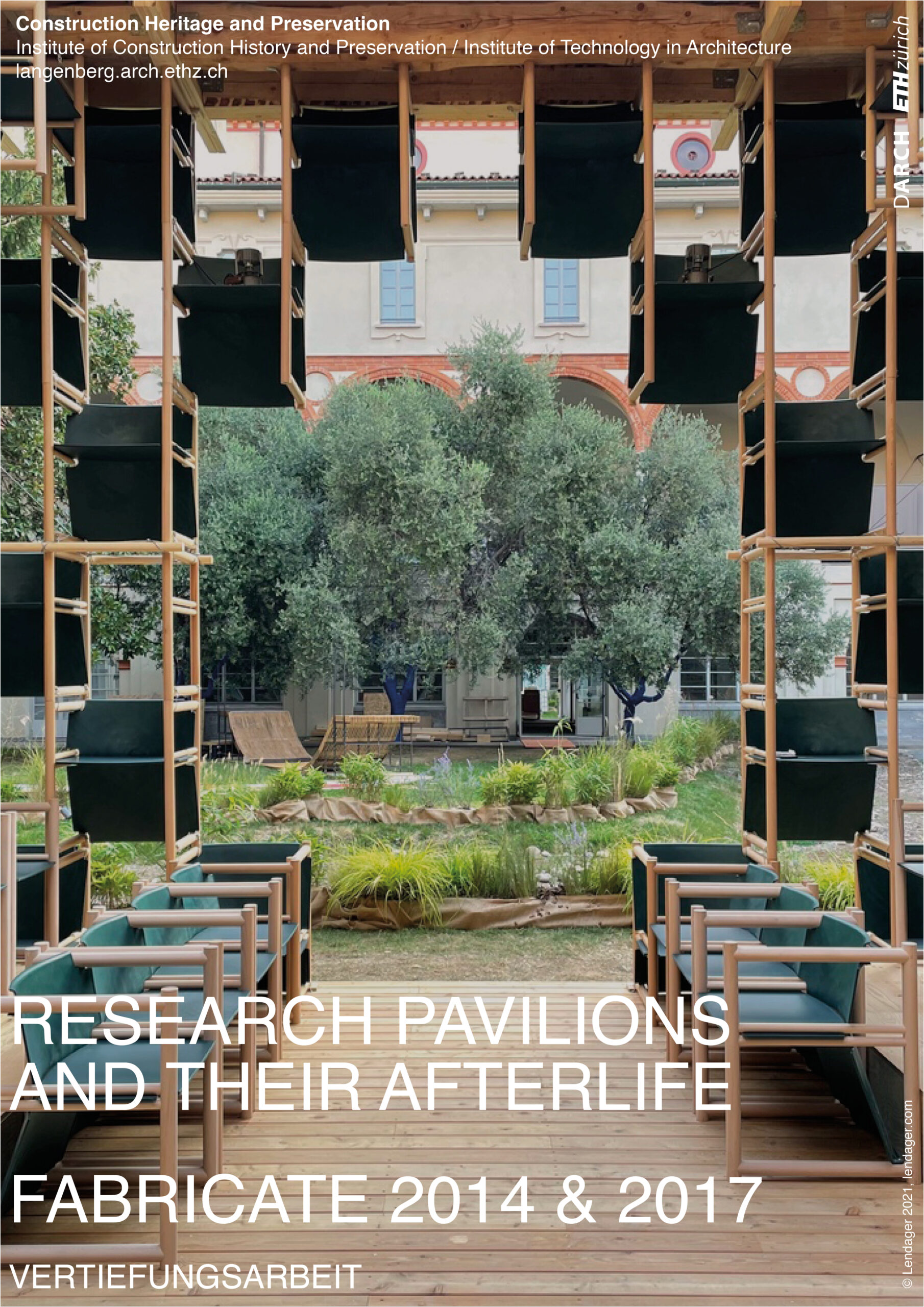
THE ROLE OF INTERACTION AS A MEANS OF SUSTAINABILITY
Focus Work FS23
Students: Alanis Diem & Alessandro Luppi
Supervisor: Dominik Reisach
The 1990s saw the beginning of the “digital turn” and with it the emergence of a “digital culture” in architecture. Alongside new design tools, architects discovered methods of digital fabrication that enabled unconventional and experimental approaches. In this context, the production of physical objects was (and still is) essential, because they serve as proof of the feasibility of the conceived processes and designs. At the same time, the prototypes, demonstrators, and pavilions produced serve as important milestones in the development of these processes and lead to their improvement. According to this logic, it can be assumed that all objects produced for research purposes represent a valuable contribution to the discourse and thus also a scientific added value, contributing to the development of technology and architecture. At the same time, the discourse in architecture is dominated by the issues of sustainability, from which research cannot be exempt. In this context, two Focus Work projects examine the results of the Fabricate Conference.
The Focus Work of Alanis Diem and Alessandro Luppi explores the influence of interaction on the decision-making processes related to preserving, relocating, or demolishing built objects. Focusing on the 2014 and 2017 publications of the Fabricate conference, they classified 64 of the projects presented there and gathered additional information through interviews and second-hand sources. The aim was to determine the current status of each object, including whether they still exist, underwent maintenance, or were demolished.